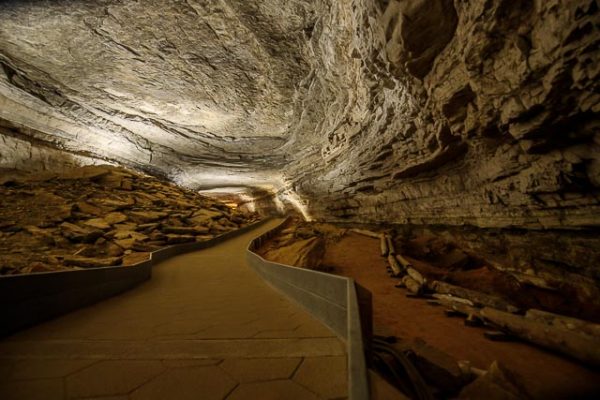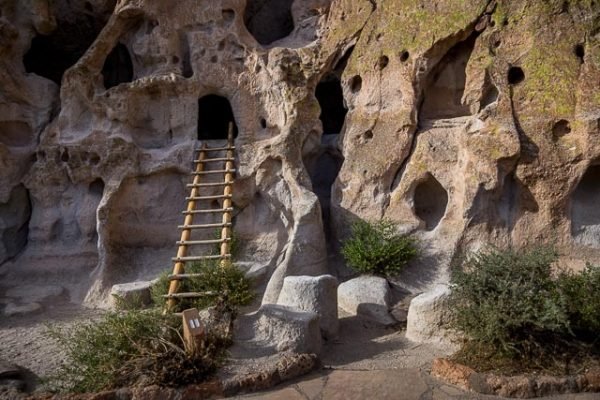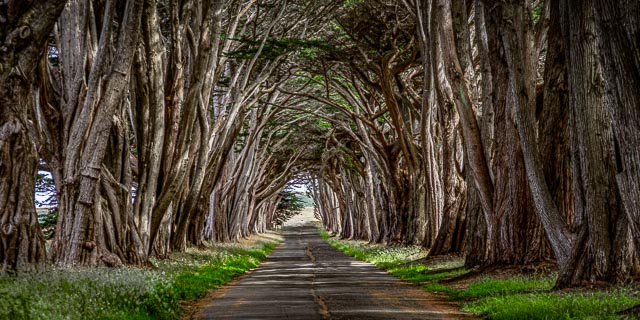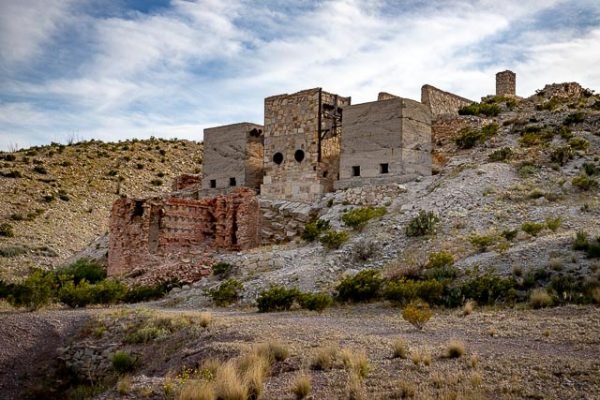Fort Mantanzas National Monument Fort Matanzas National Monument was designated a United States National Monument on October 15, 1924. The monument consists of a 1740 Spanish fort called Fort Matanzas, and about 100 acres of salt marsh and barrier islands along the Matanzas River on the northern Atlantic coast
Read more →Cable Mill Great Smoky Mountains National Park The Cable Mill was one of the most successful — and enduring — grist mills in Cades Cove, built in 1867 by its namesake, John Cable. The mill, which processed logs, wheat and corn and was originally operated by millwright Daniel Ledbetter,
Read more →Mingus Mill Great Smoky Mountains National Park Mingus Mill provides a rare opportunity for Park visitors to get a glimpse what life was like when the North American continent was being settled. The mill is staffed by knowledgeable caretakers from April through October (and also weekends in November) who
Read more →Mammoth Cave National Park Mammoth Cave National Park preserves the cave system, a part of the Green River Valley, and the rolling hills of south central Kentucky. While cave tours of the 10 miles available in the cave are the park’s big attraction, there is plenty more to do
Read more →Castillo de San Marcos National Monument The Castillo de San Marcos (Spanish for “St. Mark’s Castle”) is the oldest masonry fort in the continental United States; it is located on the western shore of Matanzas Bay in the city of St. Augustine, Florida. The Castillo was designed by the
Read more →Bandelier National Monument Bandelier National Monument protects over 33,000 acres of rugged but beautiful canyon and mesa country as well as evidence of a human presence here going back over 11,000 years. Petroglyphs, dwellings carved into the soft rock cliffs, and standing masonry walls pay tribute to the early
Read more →Cumberland Island National Seashore Cumberland Island National Seashore preserves most of Cumberland Island in Camden County, Georgia, the largest of Georgia’s Golden Isles. The seashore features beaches and dunes, marshes, and freshwater lakes. The national seashore also preserves and interprets many historic sites and structures. Instrumental in the creation
Read more →Fort Larned National Historic Site Discover a complete and authentic army post from the 1860s -1870s! This well-preserved fort on the Santa Fe Trail shares a tumultuous history of the Indian Wars era. The sandstone constructed buildings sheltered troops who were known as the Guardians of the Santa Fe
Read more →Cypress Tree Tunnel Point Reyes National Seashore The Monterey cypress that now create the “tree tunnel” at the Point Reyes Receiving Station is a signature landscape feature that evokes some of the prestige that RCA placed in this profitable, historic operation. The Cypress Tree Tunnel was planted around 1930.
Read more →Mariscal Mine Big Bend National Park The Mariscal Mine once bustled as the center of the Big Bend quicksilver mining economy. From 1900 to 1943, Mariscal Mine produced 1,400 seventy-six pound flasks of mercury – nearly one quarter of the total produced in the United States! Now deserted,
Read more →








